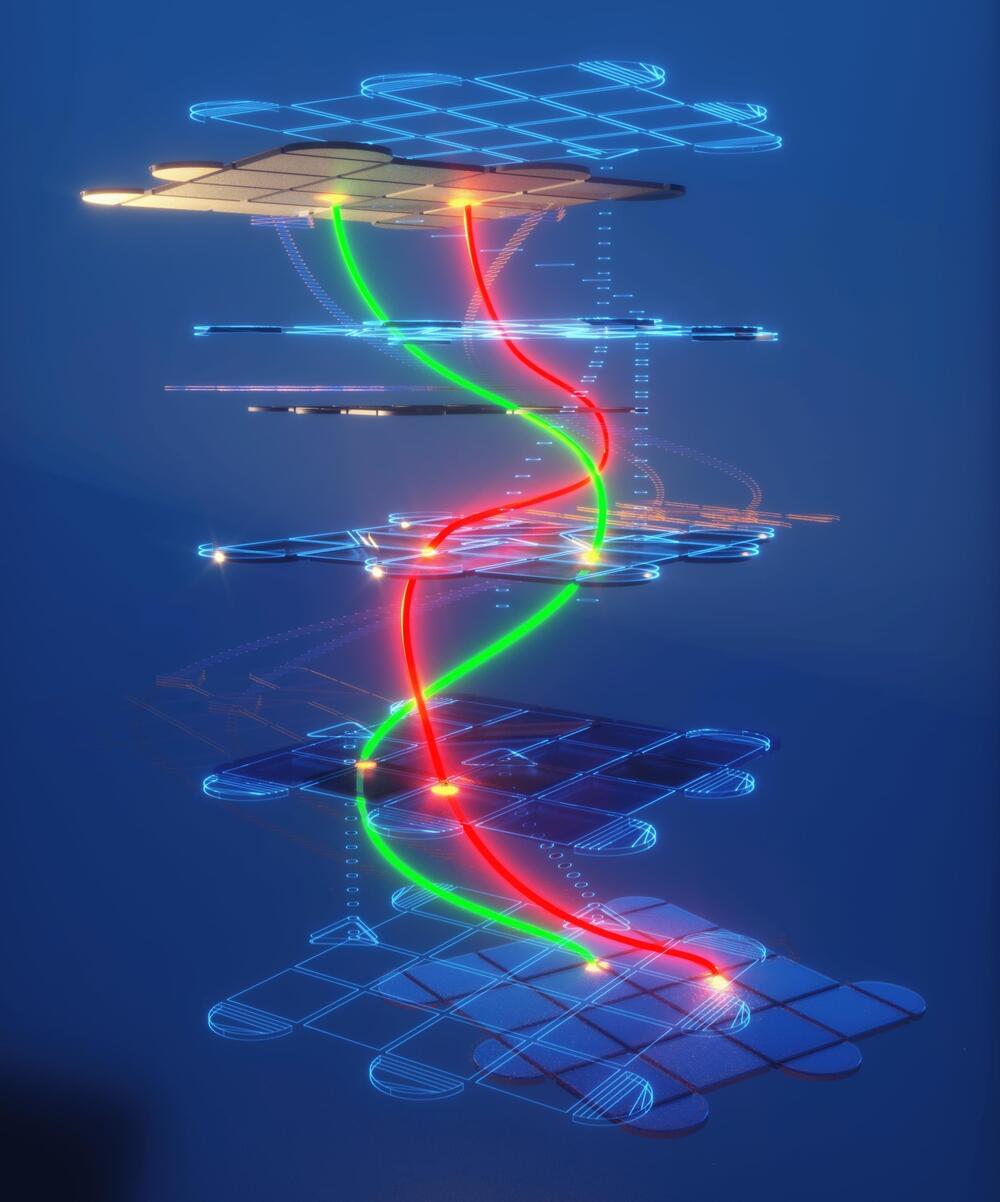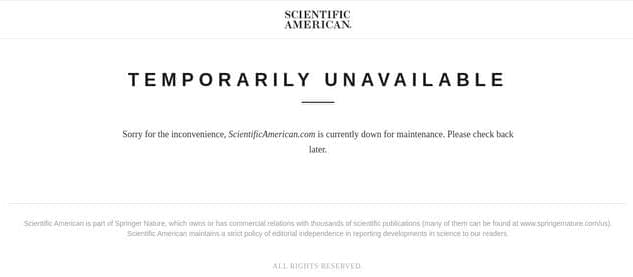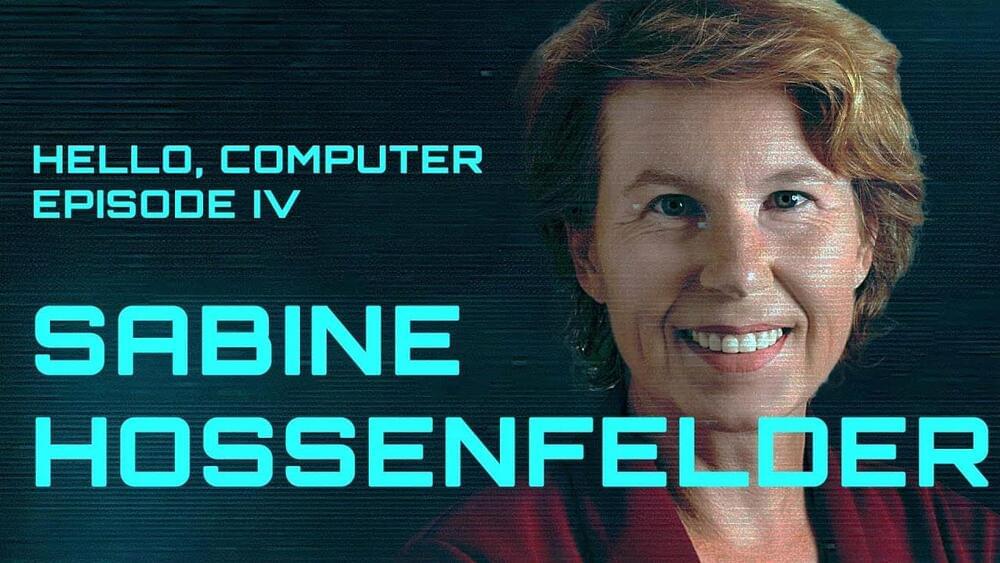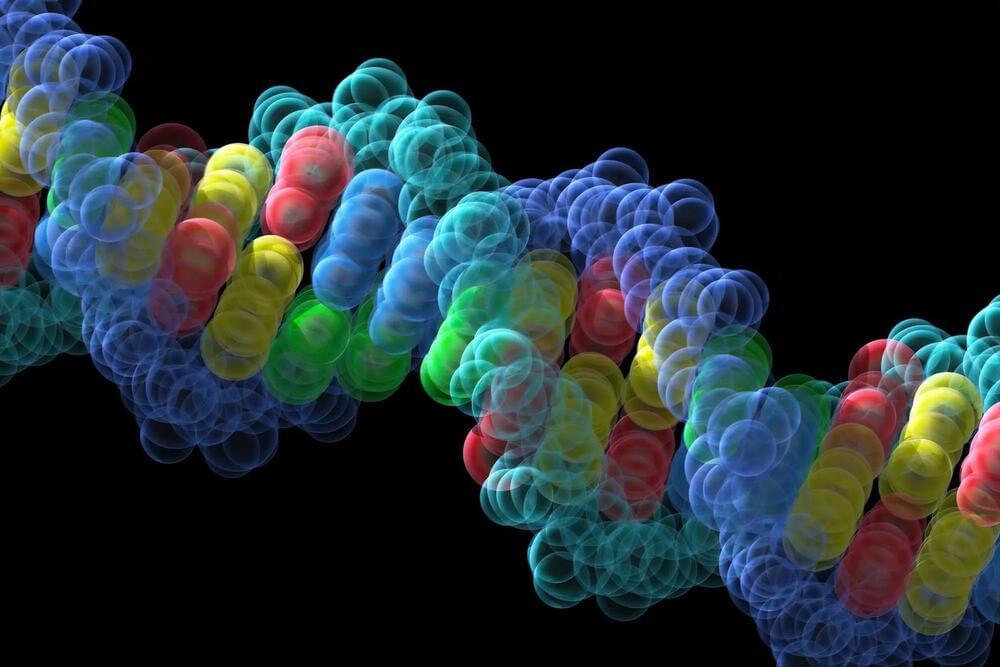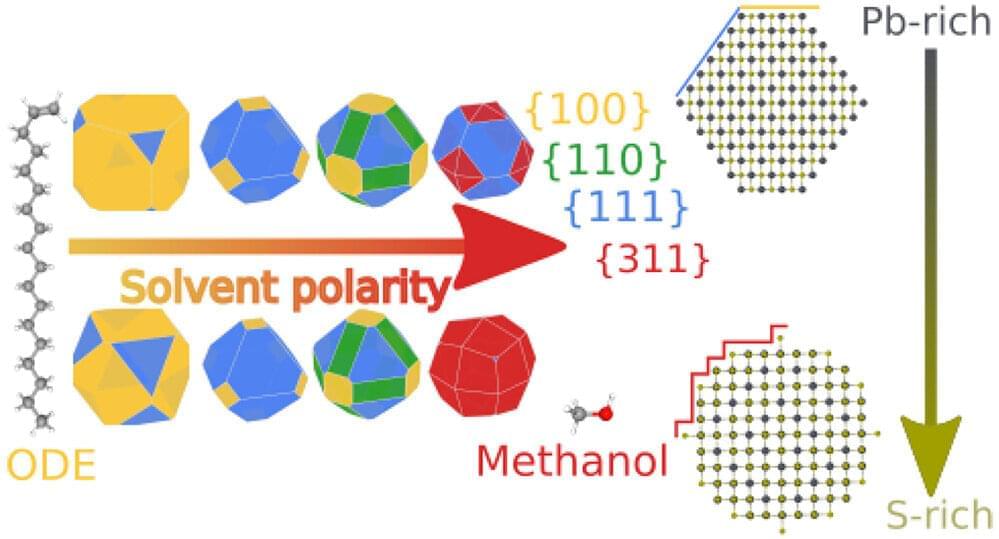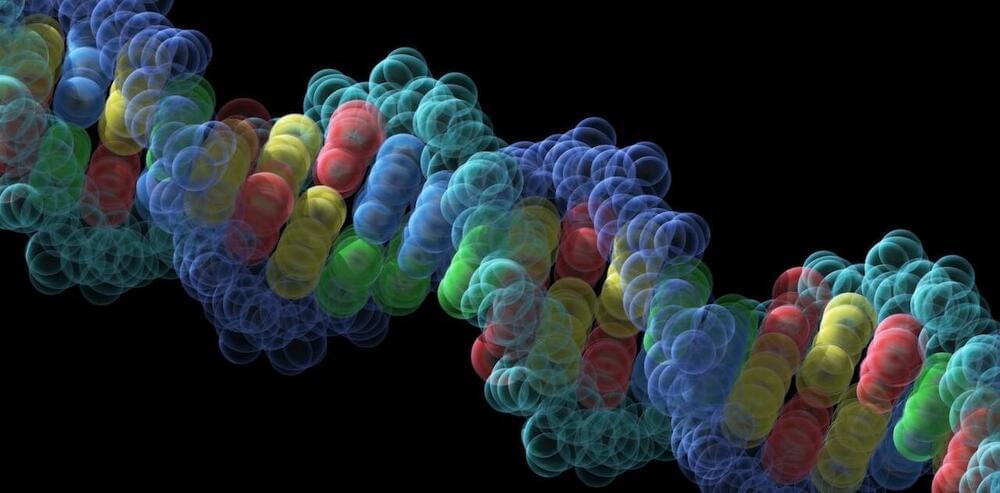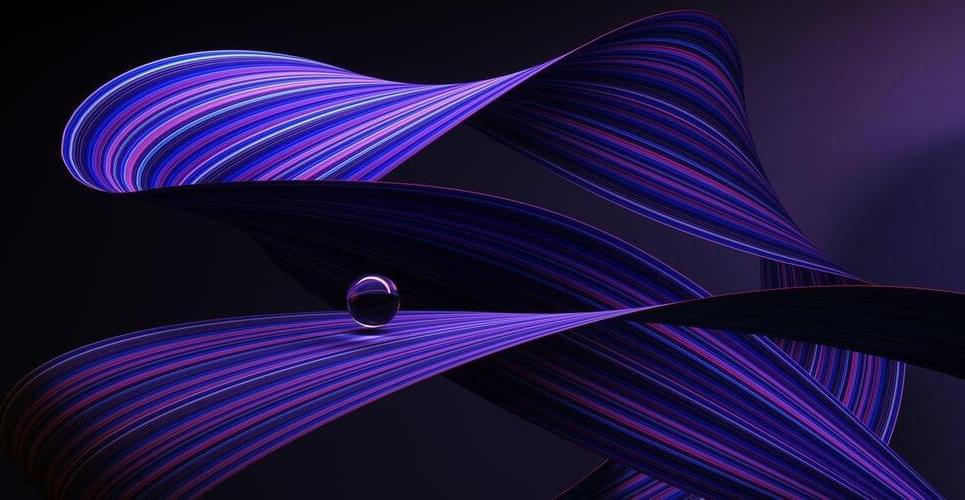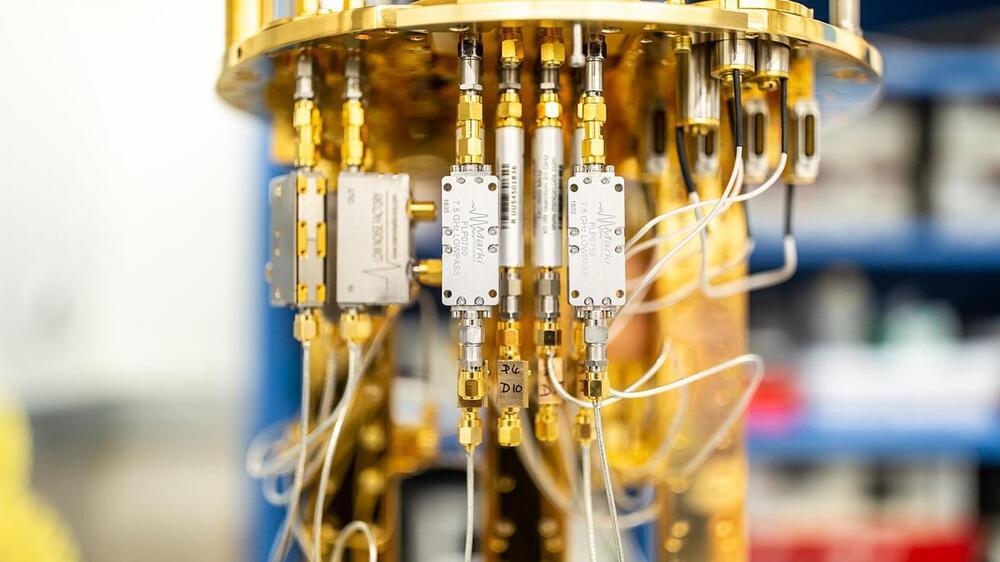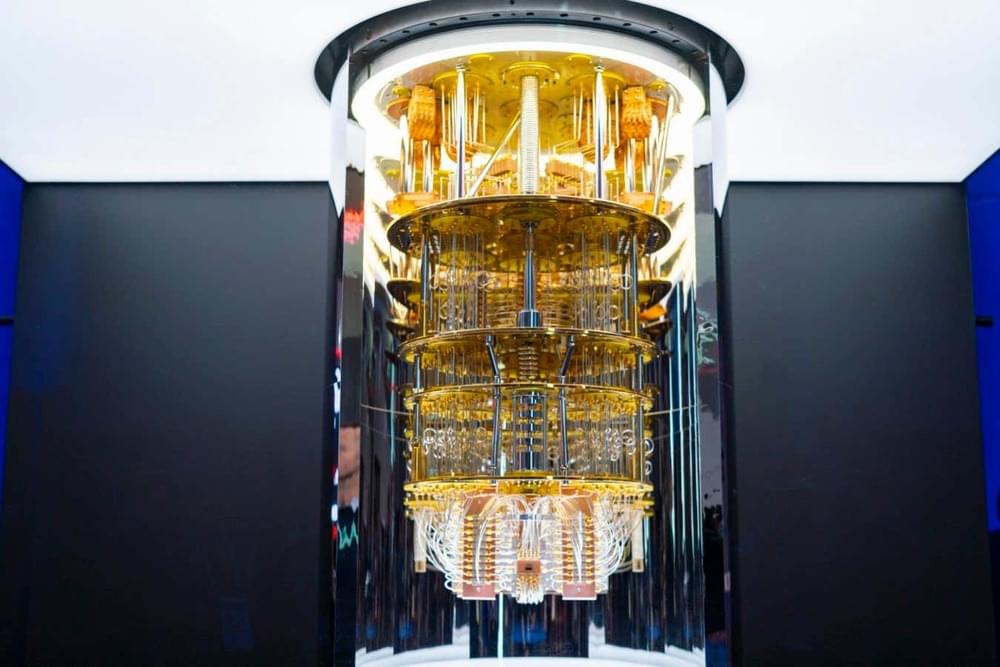Errors are the Achilles’ heel of quantum computation, cropping up at random and threatening to rui.
Category: quantum physics – Page 297
Solving a notorious quantum quandary could require abandoning some of science’s most cherished assumptions about the physical world.
Perspective from a very-educated layman. Er, laywoman.
This is Hello, Computer, a series of interviews carried out in 2023 at a time when artificial intelligence appears to be going everywhere, all at once.
Sabine Hossenfelder is a German theoretical physicist, science communicator, author, musician, and YouTuber. She is the author of Lost in Math: How beauty leads physics astray, which explores the concept of elegance in fundamental physics and cosmology, and of Existential Physics: A scientist’s guide to life’s biggest questions.
To make sense of mysteries like quantum mechanics and the passage of time, theorists are trying to reformulate physics to include subjective experience as a physical constituent of the world.
Quantum biology explores how quantum effects influence biological processes, potentially leading to breakthroughs in medicine and biotechnology. Despite the assumption that quantum effects rapidly disappear in biological systems, research suggests these effects play a key role in physiological processes. This opens up the possibility of manipulating these processes to create non-invasive, remote-controlled therapeutic devices. However, achieving this requires a new, interdisciplinary approach to scientific research.
Imagine using your cell phone to control the activity of your own cells to treat injuries and diseases. It sounds like something from the imagination of an overly optimistic science fiction writer. But this may one day be a possibility through the emerging field of quantum biology.
Over the past few decades, scientists have made incredible progress in understanding and manipulating biological systems at increasingly small scales, from protein folding to genetic engineering. And yet, the extent to which quantum effects influence living systems remains barely understood.
A new method of controlling the shape of tiny particles about one tenth of the width of human hair could make the technology that powers our daily lives more stable and more efficient, scientists claim.
The process, which transforms the structure of microscopic semiconductor materials known as quantum dots, provides industry with opportunities to optimize optoelectronics, energy harvesting, photonics, and biomedical imaging technologies, according to the Cardiff University-led team.
Their study, published in Nano Letters, used a process called nanofaceting—the formation of small, flat surfaces on nanoparticles—to manipulate the quantum dots into a variety of shapes called nanocrystals.
May 15, 2023
Posted in biological, quantum physics
California NanoSystems Institute News Member News May 15, 2023 | Quantum physics proposes a new way to study biology – and the results could revolutionize our understanding of how life works.
😗
German theoretical physicist Werner Heisenberg first introduced his uncertainty principle in a 1925 paper. It’s special because it remains intact no matter how good our experimental methods get; this isn’t a lack of precision in measurement. It doesn’t matter how smart you are, or how sophisticated your equipment, is you can’t think your way past it. It’s a fact of nature.
Legendary physicist and master bongo player Richard Feynman put it like this: “The uncertainty principle ‘protects’ quantum mechanics. Heisenberg recognized that if it were possible to measure both the momentum and the position simultaneously with greater accuracy, quantum mechanics would collapse. So he proposed that must be impossible.”
Reality is telling us that we can have our quantum cake, but we can’t eat it, too.
$100 million from IBM to help develop quantum-centric supercomputer; $50 million from Google to support quantum research and workforce development.
A Bell test can confirm whether two systems are truly entangled – it has now been used to confirm entanglement between qubits in a superconducting circuits.
By Leah Crane
